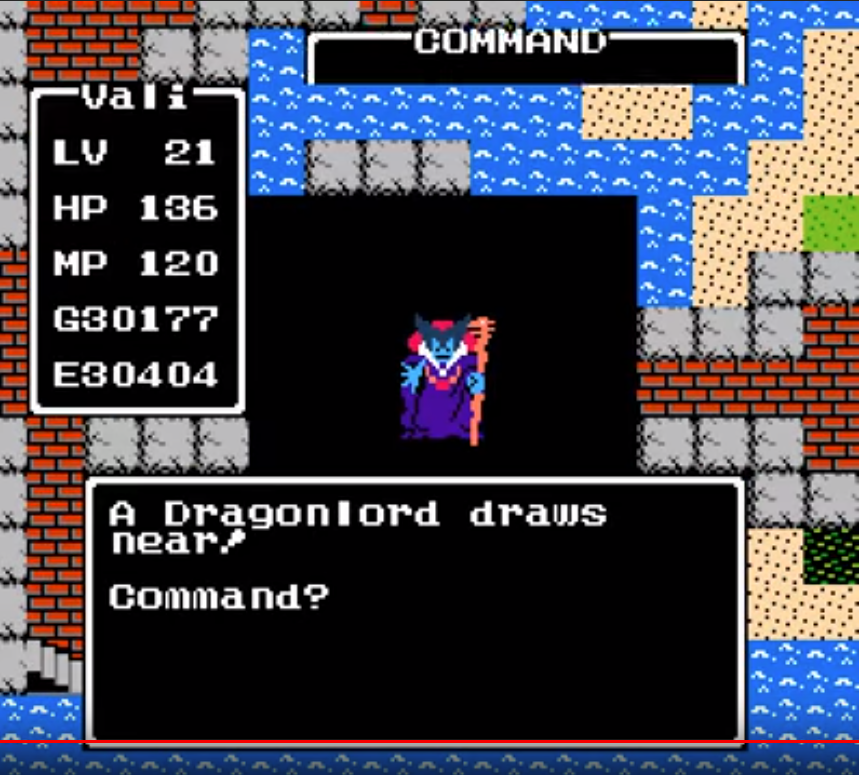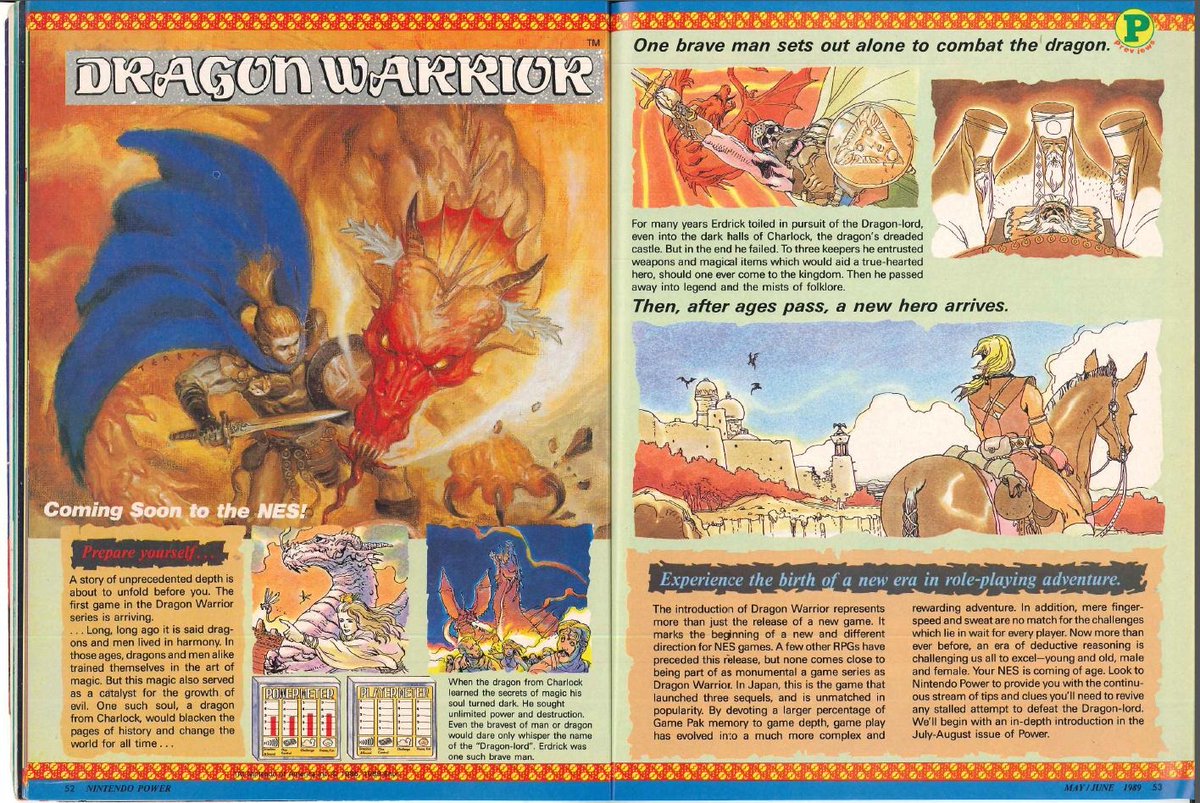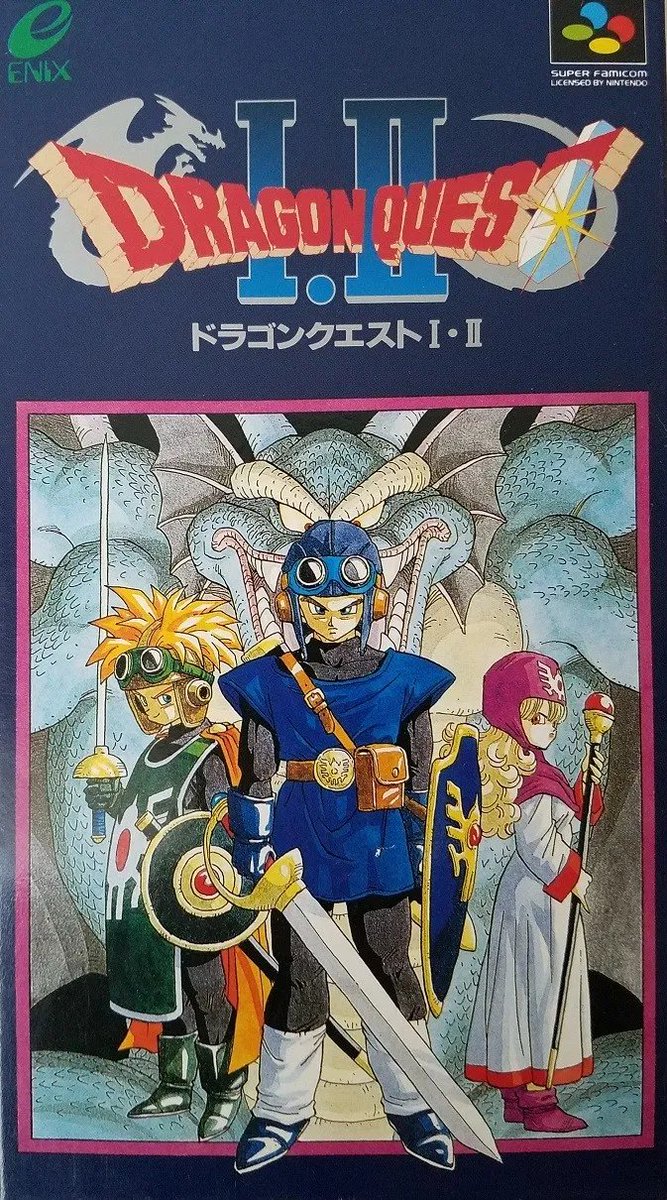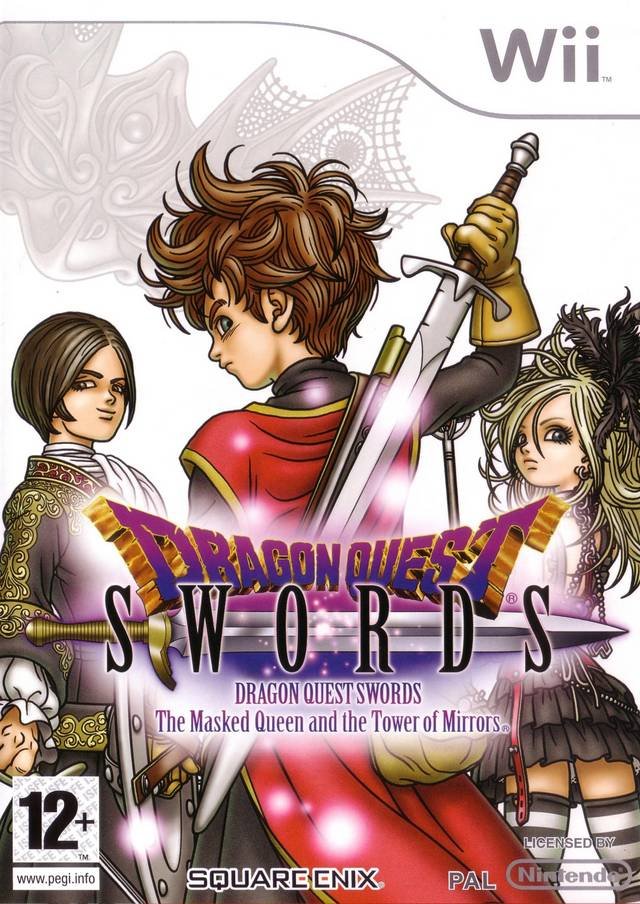...Until visual effects got introduced in the SNES/GBC era depicting a wind attack. (It got changed to Woosh and Swoosh in the modern era.)
1) They added voices to a game that had previously been unvoiced.
2) They completely overhauled the menu.
hardcoregaming101.net/dragon-quest-h…
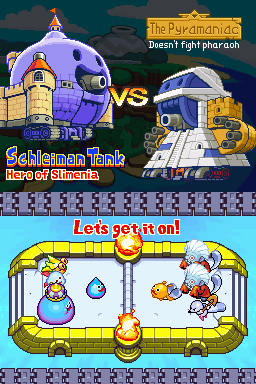
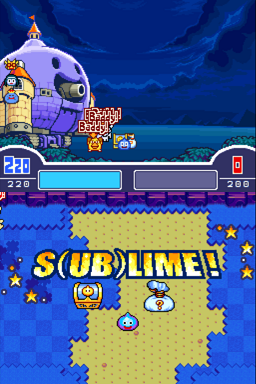
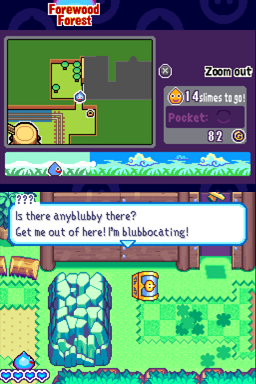
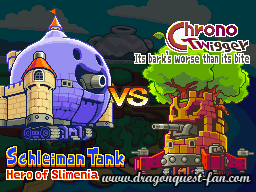
(It startled me as a kid.)


